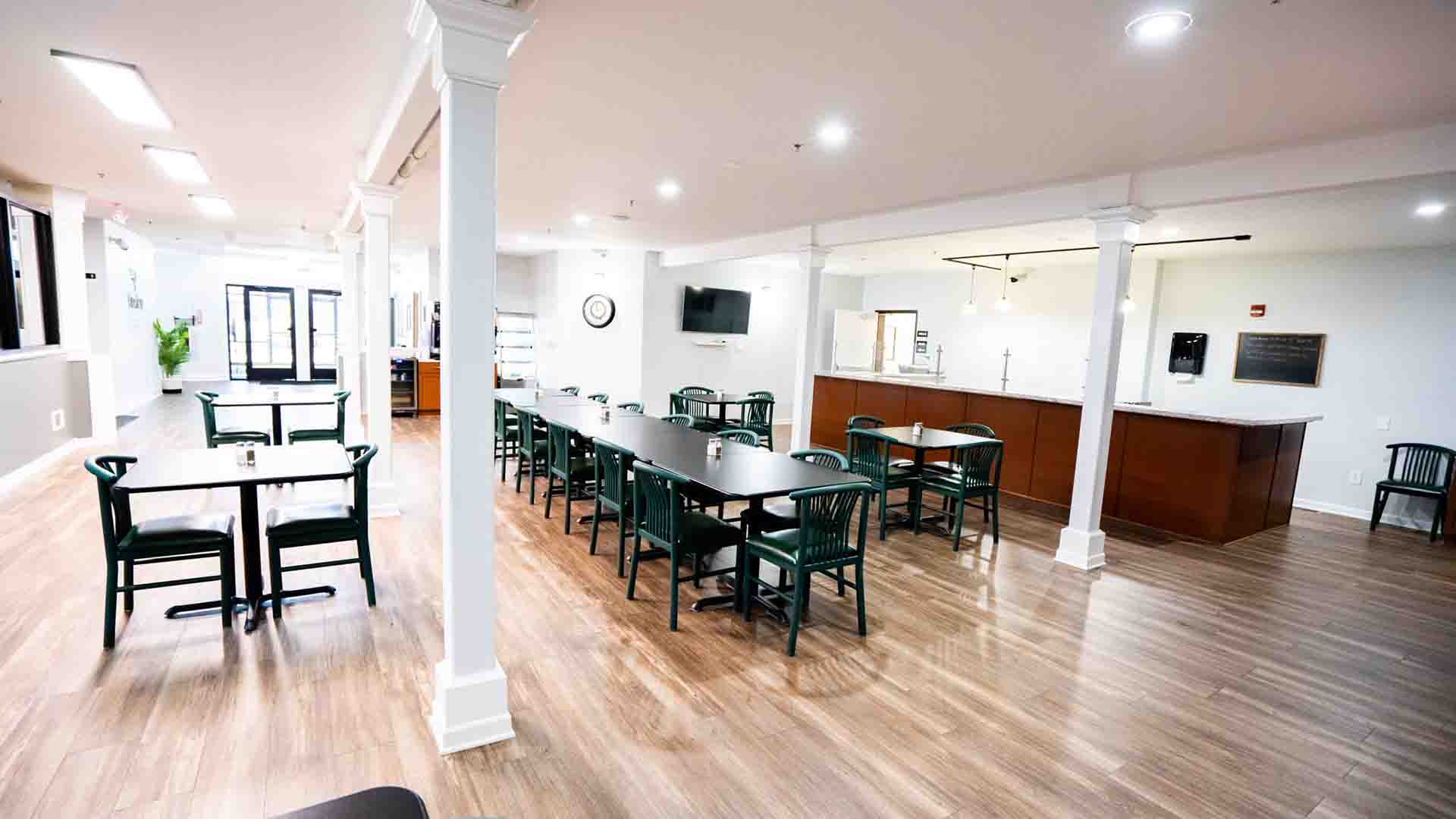Bipolar disorder and addiction are complex mental health conditions that affect millions of people worldwide. Those with bipolar disorder experience extreme mood swings between manic highs and depressive lows. During manic episodes, they may engage in risky behaviors like substance abuse. Unfortunately, many with bipolar disorder also struggle with addiction. This dual diagnosis significantly worsens prognosis and makes treatment more challenging.
This guide provides a comprehensive overview of the genetic and environmental factors involved in the development and progression of bipolar disorder and co-occurring addiction. Key topics include brain chemistry, family history, substance use patterns, age of onset, diagnosing this dual diagnosis, evidence-based treatments, lifestyle factors, and healthy coping strategies. The goal is to leave you with a deeper understanding of this comorbidity’s biological and social underpinnings and empower those affected to seek help.
Genetic Factors
Family history is considered one of the strongest risk factors for developing bipolar disorder or addiction. Studies show that if a sibling or parent has bipolar disorder, you are 5 to 10 times more likely to develop the condition compared to the general population. Genes influence brain chemistry and can make a person more vulnerable to mood instability or substance abuse issues.
While no single gene directly causes bipolar disorder, researchers have identified multiple genes associated with increased susceptibility. The same is true for addiction – genetic variations affecting dopamine receptors, opioid receptors, and other neurotransmitters modulate addiction risk. However, genetics alone cannot predict who will develop bipolar or addiction. Environmental influences and personal experiences also shape brain wiring and chemistry over time. Ultimately bipolar disorder and addiction result from a complex interplay between inherited traits and life events.
Even though we cannot change our genetics, identifying familial risk empowers individuals to manage their mental health better and avoid addictive substances or behaviors. Those with a family history can benefit from early interventions, lifestyle changes to reduce stress, and increased vigilance about monitoring moods. While bipolar disorder and addiction are challenging conditions, many people with a genetic predisposition live happy and fulfilling lives through evidence-based care.
Brain Chemistry
The brain chemistry of those with bipolar disorder and addiction is complex. One key element is the neurotransmitter dopamine. Dopamine plays a central role in the brain’s reward and pleasure pathways. Irregularities in dopamine signaling contribute to both bipolar and addiction.
People with bipolar have been found to have differences in how their brains release dopamine. During manic episodes, dopamine levels become elevated. When depressed, dopamine drops below normal levels. These dopamine fluctuations are believed to drive mood episodes.
Dopamine irregularities in both bipolar and addiction affect key brain regions. These include the prefrontal cortex, responsible for decision-making, and the limbic system, which regulates emotion. Altered dopamine signaling impairs judgment and mood control in both disorders.
Genetic and environmental factors likely contribute to the dopamine abnormalities seen in bipolar disorder and addiction. Research is still untangling the precise mechanisms involved. But dopamine signaling represents an important link between bipolar and addictive illnesses.
Environmental Factors
Exposure to trauma, acute stress, and chronic stress in childhood, adolescence, and adulthood can greatly impact one’s risk for developing bipolar disorder or substance use disorders. Childhood trauma and adverse childhood experiences (ACEs) have been strongly linked to both bipolar and addiction.
Studies show that people with bipolar disorder are more than twice as likely to have experienced childhood trauma compared to the general population. Childhood trauma can include physical, emotional, or sexual abuse, physical or emotional neglect, loss of a parent, household dysfunction, bullying, domestic violence, and other distressing experiences.
These traumas activate the body’s stress response, alter brain development, and rewire the brain in ways that can increase mood instability and dysregulation later in life.
Onset and Progression
Bipolar disorder and addiction often emerge during adolescence and early adulthood.
The average age of onset for bipolar disorder is 25, although it can develop as early as childhood or as late as the 40s and 50s. Early-onset bipolar that appears before age 13 is associated with greater severity and impairment.
Addiction commonly begins during the teen years as well. According to research, 90% of Americans with a substance use disorder started drinking, smoking, or using other drugs before age 18.
The onset of bipolar and addiction can intersect in complex ways. Some studies indicate bipolar disorder may precede and contribute to developing an addiction. For example, people may initiate heavy drinking or drug use as a form of self-medication during mood episodes.
However, addiction can also trigger the onset of bipolar disorder in individuals already at risk. Substance abuse may unmask bipolar symptoms or cause mood cycling to start.
Once these illnesses develop, they often follow a progressively worsening course. Bipolar disorder is characterized by recurrent manic and depressive episodes throughout life. Without proper treatment, episodes may become more frequent or extreme over time.
Diagnoses
Diagnosing bipolar disorder involves a comprehensive assessment of various criteria, often based on the Diagnostic and Statistical Manual of Mental Disorders (DSM-5). Once diagnosed with bipolar disorder, clinicians often categorize the specific type based on the pattern, severity, and duration of mood episodes. The main types of bipolar disorders include:
Bipolar I Disorder:
Characterized by at least one manic episode, which may be preceded or followed by hypomanic or major depressive episodes. Individuals with Bipolar I Disorder may experience severe impairment in daily functioning, and hospitalization may be necessary.
Bipolar II Disorder:
Involves at least one hypomanic episode and one major depressive episode. Unlike Bipolar I, individuals with Bipolar II do not experience full-blown manic episodes, but the hypomanic episodes can still cause noticeable changes in mood and behavior.
Cyclothymic Disorder:
Marked by chronic mood disturbances with numerous periods of hypomanic symptoms and depressive symptoms that do not meet the criteria for major depressive episodes. The symptoms must persist for at least two years (one year in children and adolescents) with no more than two months symptom-free.
Bipolar Disorder Not Otherwise Specified (BP-NOS):
This category is used when symptoms of bipolar disorder are present but do not meet the criteria for any of the specific types. It may include cases with atypical or mixed symptom presentations.
Rapid Cycling Bipolar Disorder:
Defined by the occurrence of four or more mood episodes within a 12-month period. The episodes can include manic, hypomanic, or depressive episodes, and rapid cycling tends to be associated with more severe forms of bipolar disorder.
Mixed Features Specifier:
This specifier is used when an individual experiences a major depressive episode along with some manic or hypomanic features. It challenges the traditional view that manic and depressive episodes are distinct, allowing for a more nuanced understanding of mood disorders.
Treatments
The two main categories of treatments for bipolar disorder with co-occurring addiction are medications and psychotherapy.
Medications
Medications commonly used to treat bipolar disorder include:
- Mood stabilizers like lithium and anticonvulsant medications help control mania and prevent the recurrence of mood episodes. Lithium is considered a first-line treatment.
- Antipsychotic medications like olanzapine or risperidone can help treat psychotic symptoms associated with bipolar and control acute manic episodes.
- Antidepressants like fluoxetine are sometimes used cautiously to treat depressive episodes in bipolar disorder.
Medications used to treat addiction and dual diagnosis include:
- Mood stabilizers like valproic acid, carbamazepine, and lamotrigine can help stabilize moods.
- Disulfiram can help deter alcohol abuse by causing a negative reaction when combined with drinking.
- Naltrexone blocks the euphoric effects and cravings for opioids and alcohol.
A psychiatrist must monitor medication efficacy and side effects closely in dual-diagnosis patients to achieve optimal balance.
Psychotherapy
The main psychotherapy options include:
- Cognitive behavioral therapy helps identify unhealthy thought and behavior patterns and replace them with healthier coping strategies. CBT can help with addiction treatment and managing bipolar symptoms.
- Dialectical behavior therapy utilizes concepts of acceptance, mindfulness, distress tolerance, and emotion regulation to reduce self-destructive behaviors associated with dual diagnosis.
- Group therapy and support groups provide peer support and community resources to help manage the conditions.
- Family therapy engages loved ones to help create a supportive home environment.
An integrated approach combining medication, psychotherapy, and lifestyle changes is often required for optimum results.
Lifestyle Factors
A person’s lifestyle choices can have a significant impact on their mental health and susceptibility to conditions like bipolar disorder and addiction. Making positive changes to diet, exercise, and sleep habits can help stabilize mood, reduce symptoms, and improve overall well-being.
Diet
Eating a balanced, nutritious diet is important for both physical and mental health. Getting adequate vitamins, minerals, antioxidants, omega-3 fatty acids, and other beneficial nutrients supports brain function and neurotransmitter synthesis. Avoiding processed foods, simple sugars, and caffeine can help regulate mood and energy levels.
Exercise
Regular exercise has been shown to alleviate depression and anxiety while boosting energy, focus, and quality of sleep. Aim for 30-60 minutes per day of moderate cardio activity like walking, swimming, cycling, or light strength training. Yoga and stretching are also great options.
Sleep
Getting enough high-quality sleep is vital for mental health. Adults should aim for 7-9 hours per night. Having a consistent sleep routine by going to bed and waking up at the same time, even on weekends, can help regulate circadian rhythms. Limiting electronics use before bed, keeping the bedroom cool and dark, avoiding large meals late at night, and doing relaxing activities before bedtime all promote restful sleep.
Coping Strategies
Bipolar disorder and addiction often go hand-in-hand, making life exceptionally challenging for those suffering from this dual diagnosis. However, with the right coping strategies and support systems in place, it is possible to manage symptoms, prevent relapse, and live a fulfilling life.
Build a Support System
Having a strong support system is crucial when coping with bipolar disorder and addiction. Consider joining a support group, which allows you to connect with others facing similar struggles. Peer support provides a judgment-free space to share challenges, advice, and hope.
Regularly attending therapy is also vital. A therapist can help you build coping skills, process emotions, and work through underlying issues fueling your bipolar and addiction problems.
Stay focused on your recovery goals. Celebrate small wins and progress. With proper coping strategies, support, and self-awareness, you can take control of your well-being.
Contact Findlay Recovery Center Today
By recognizing the role of genetics and environmental triggers, we can better comprehend the challenges faced by those affected and work towards effective treatment strategies.
If you or someone you know is struggling with bipolar disorder and addiction, don’t hesitate to reach out to Findlay Recovery Center today. Our expert team of professionals is dedicated to providing specialized care and support to help individuals lead fulfilling, balanced lives. Remember, seeking assistance is the first step toward a brighter future.



